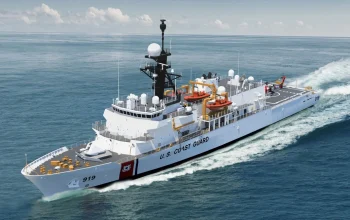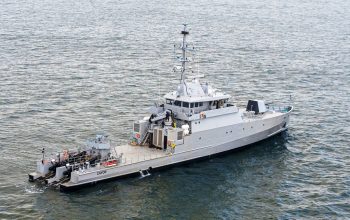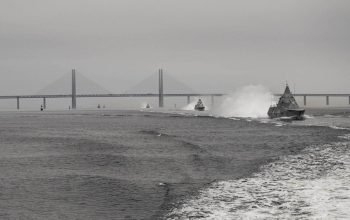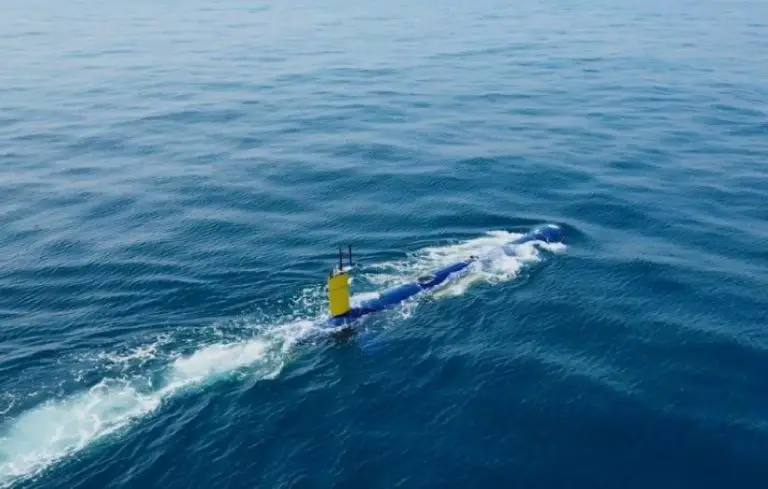The U.S. Navy accepted delivery of the next generation landing craft, Ship to Shore Connector (SSC), Landing Craft, Air Cushion (LCAC) 102, June 3. Delivery follows successful completion of Acceptance Trials with the Navy’s Board of Inspection and Survey to test the readiness and capability of the craft and to validate requirements. LCACs are built with similar configurations, dimensions, and clearances to legacy LCAC, ensuring the compatibility of this next-generation air cushion vehicle with existing well deck equipped amphibious ships, as well as the Expeditionary Transfer Dock.
“SSC provides the Navy and Marine Corps team with the capability and capacity needed to execute a range of complex missions with agility and speed,” said Capt. Cedric McNeal, program manager, Amphibious Warfare Programs, Program Executive Office (PEO) Ships. “With increases in performance and reliability, this next generation craft will meet the needs of the fleet for years to come.”
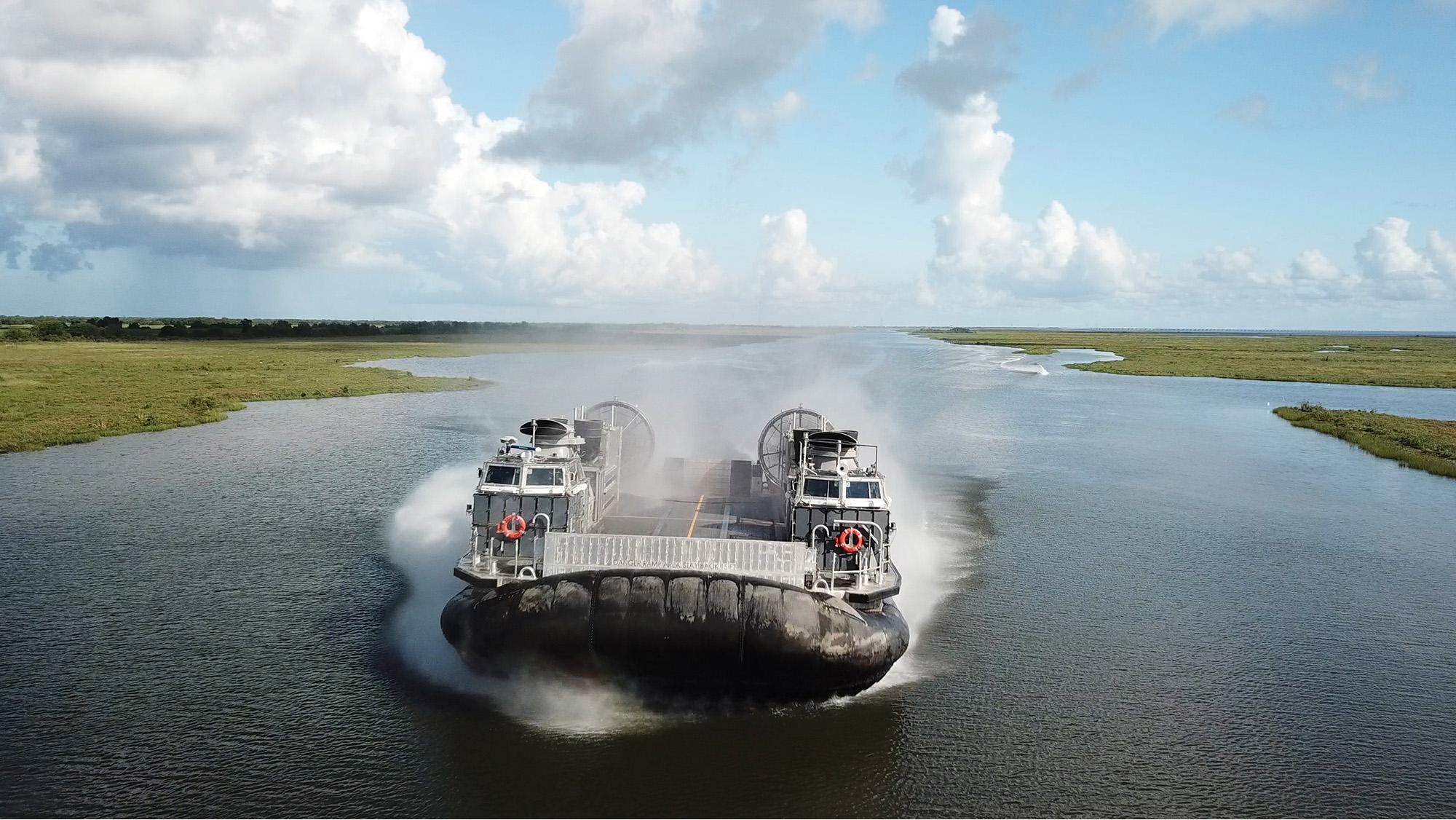
The SSC program is now in serial production with LCACs 103-115 making progress on the production lines at Textron Systems in Slidell, Louisiana. SSC training craft, LCACs 100 and 101 are in the initial operator training pipeline and are in post-delivery test and trials at Naval Surface Warfare Center Panama City Division. As one of the Defense Department’s largest acquisition organizations, PEO Ships is responsible for executing the development and procurement of all destroyers, amphibious ships, special mission and support ships, boats and craft.
The Ship-to-Shore Connector (SSC), also known as the LCAC 100 class,[6] is a system proposed by the United States Navy as a replacement for the Landing Craft Air Cushion (LCAC). It will offer an increased capacity to cope with the growing weight of equipment used by the United States Army and Marine Corps. As of 2015, the program is forecast to cost a total of US$4.054B for 73 hovercraft.


